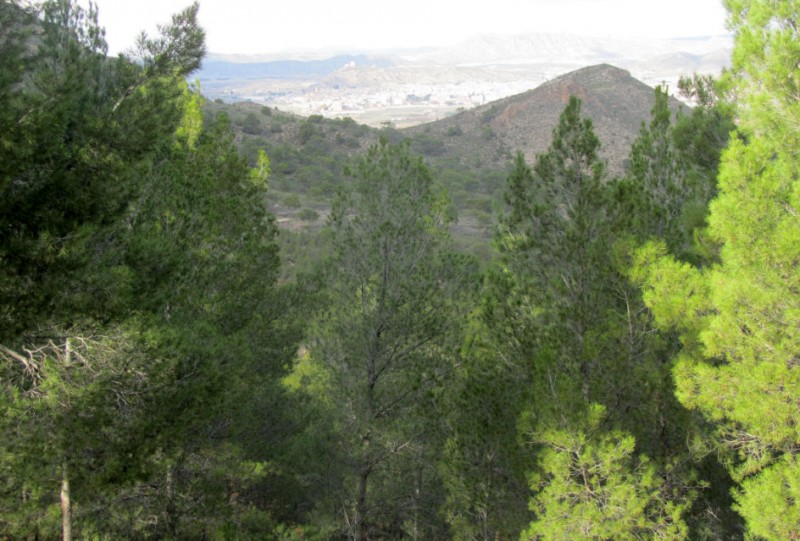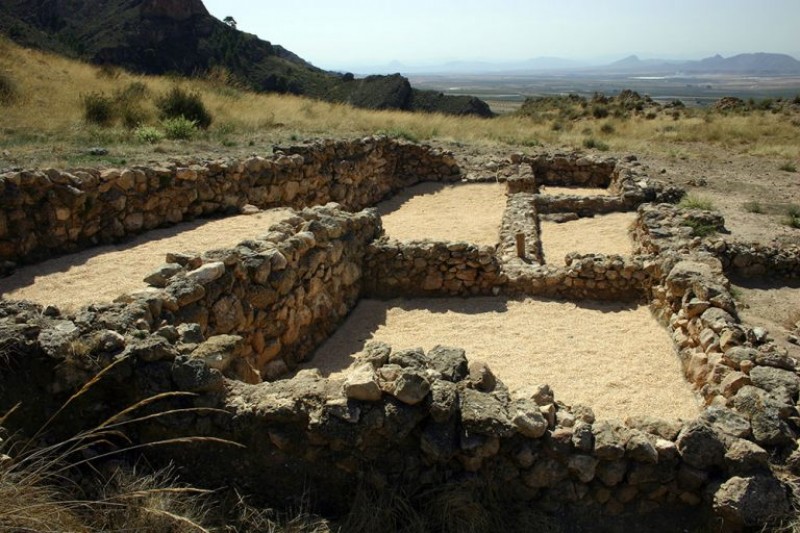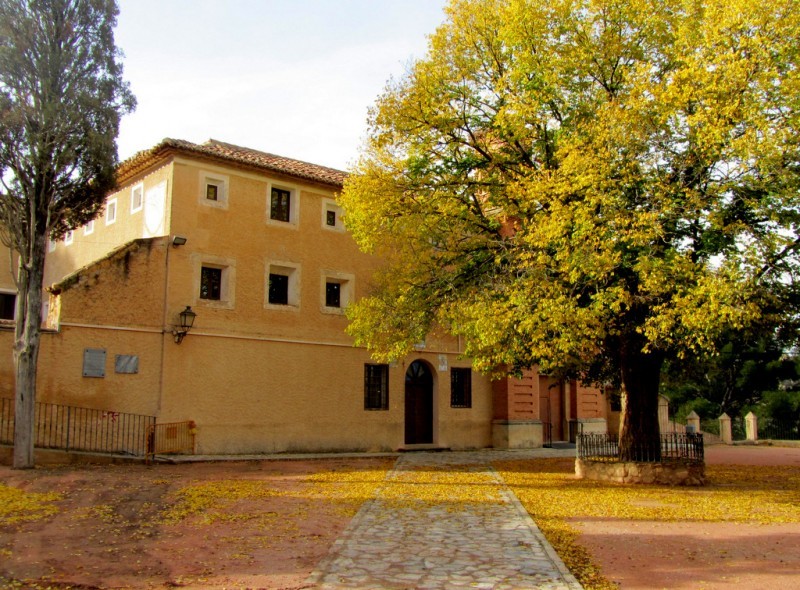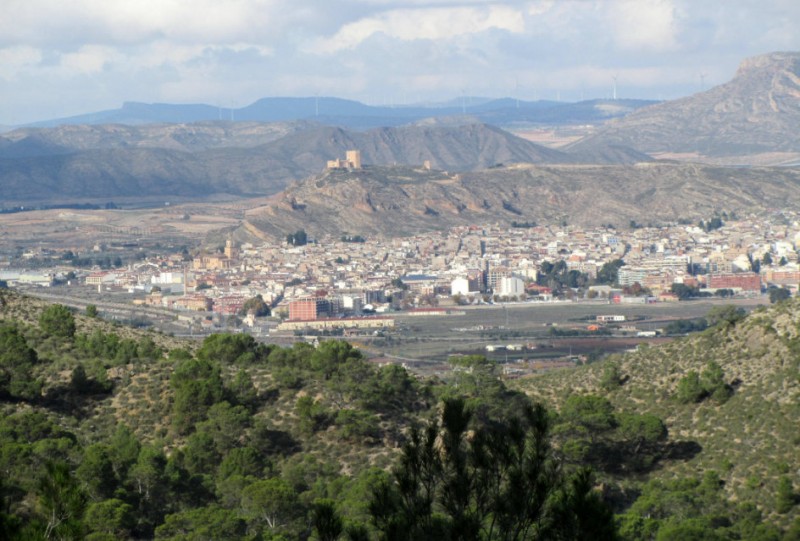Walking in Sierra de Santa Ana in Jumilla

Spectacular scenery, prehistoric archaeology, the monastery of Santa Ana and thick pine woods in the mountains outside Jumilla
The mountains of Sierra de Santa Ana are just 6 kilometres south of the town of Jumilla, and offer not only a stunning landscape of great environmental importance but also routes which include sites of special historical significance.
The area can be reached by car before walkers can choose among various footpaths and routes, with recommended stopping-off points including the following:
The Pasicos de San Pascual Bailón
Alongside the road which leads up to the Sierra de Santa Ana are various small buildings which are known as “pasos” or “pasicos”. These were built in the 18th century (and subsequently restored) to commemorate the points at which Saint Pascual habitually stopped on his way to and from the Franciscan monastery in the mountains.
Archaeological sites

There are as many as a dozen sites of archaeological interest in the Sierra de Santa Ana ranging from around 8,000 years ago to Roman times, the most important being that of Coimbra del Barranco Ancho, close to the Fuente de la Jarra. This contains the remains of an Iberian settlement dating from the 4th to the 2nd century BC, consisting of a main walled residential area, a sanctuary or place of worship and three burial grounds.
The monastery of Santa Ana
In the heart of the Sierra, in the shadow of the peak known as the Picacho and next to the monumental fountain of Fuente de la Jarra, is this monastery built by the Franciscan Order in the 16th century, complete with church, library, museum and a large garden area containing small chapels. These include the circular Ermita de la Santísima Trinidad (where there are three doors, three windows and three altars, making it possible to hold three Masses at the same time!).
The monastery has been home not only to notable members of the Franciscan Order, including San Pascual Bailón, Father Salmerón, Andrés Ibernón and Father Juan Mancebón, but also to literary figures including José Martínez Ruiz Azorín and José Luis Castillo Puche, both of whom dedicated some of their works to the building.

Over the centuries many artistic treasures have been acquired, making use of donations, including the figures of Cristo Amarrado a la Columna sculpted by Francisco Salzillo in the 18th century, the Cristo de la Reja (late 16th century) and “La Abuelica Santa Ana”. Among the paintings the most notable are two panels by the Renaissance master Juan de Juanes (also dating from the 16th century).
The first place of worship of which there is any record in this area was devoted to Santa Ana, the mother of the Virgin Mary and therefore grandmother of Jesus, and dated from around 1450. It is known to have stood close to a spring on a spot where tradition has it that an apparition of the Saint was seen, but it has been speculated that this location had to be moved due to flooding in times of rain.
The newer building was built by monks of the barefoot Franciscan Order called Ordo Fratrum Minorum, and is known to have been consecrated as a place of worship in 1573. It is still in use as a church, with Mass being held almost every day of the week: click here for more details about the history and architecture of the monastery.
On the patio in front of the church are various “stations of the cross” which constitute a “Via Crucis”, featuring designs made with ceramics from Valencia: further ceramic decorations are also visible, showing Santa Ana and two angels. An interior courtyard which leads to the church also features magnificent views, and is an ideal spot to enjoy the shade provided by the trees.
Walking routes
Most of the spectacular scenery of the Sierra de Santa Ana can be reached on forest paths and the signposted P.R. JU-1 walking route, which begins at the monastery and the Fuente de la Jarra and climbs to the top of the Collado del Pepu, the Picacho and the highest point of the mountains at 967 metres above sea level (almost exactly the same as Scafell Pike, the highest mountain in England!).

This path then goes on across the high plains, affording views out over the municipality of Jumilla and the rock faces of La Buitrera and Sierra Larga, before descending alongside the springs of La Buitrera and Rambletas and returning via Collado Perdido to the Fuente de la Jarra. The whole route usually takes around 3 hours, and sharp-eyed walkers may spot golden eagles, short-toed snake eagles and peregrine falcons soaring above the Aleppo pine woods.
Leisure areas
Alongside the monastery of Santa Ana la Vieja is a wide open space with tables for picnickers, toilets and a drinking water fountain, and at the Fuente de la Jarra there is another recreational zone, again with tables and toilets.
For more information about visiting Jumilla, including what's on, local news and all of the bodegas on the Jumilla wine route, visit the home page of Jumilla Today.
article_detail

|
















